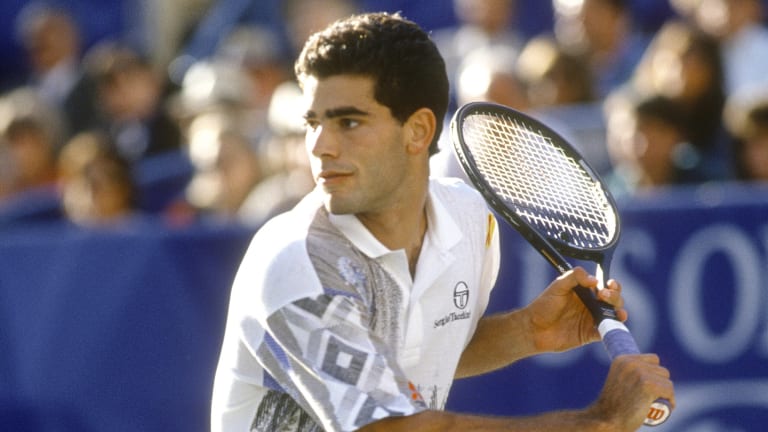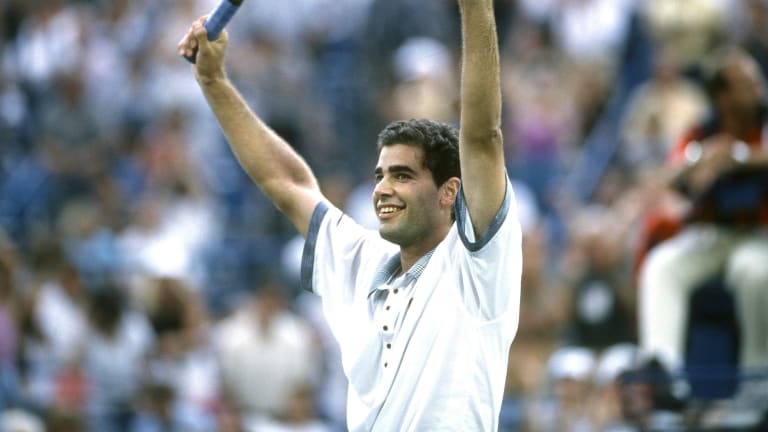The date was April 12th, 1993—a Monday. “Cheers” and the original “Saved By The Bell” were wrapping up their final seasons, “Informer” by Snow was the No. 1 song on the Billboard Hot 100, “Indecent Proposal” was the No. 1 movie at the U.S. box office, and a 21-year-old Pete Sampras was spending his first day as the No. 1 men’s tennis player in the world.
Sampras had actually secured his rise to No. 1 on the ATP rankings the Friday before—with a hard-fought 6-3, 3-6, 6-4 quarterfinal victory over fellow American David Wheaton in Tokyo, he assured himself of ascending to the top spot the following Monday.
“I heard that if I won today’s match I would be No. 1,” he told the New York Times after that win. “I was thinking about it a couple of times during the match.”
He only gained momentum from there, not dropping a set the rest of the tournament, defeating Australia’s Wally Masur in the semifinals, 6-4, 6-2, then blitzing Brad Gilbert in the best-of-five final, 6-2, 6-2, 6-2.
“He played just like the world’s No. 1 player. I couldn’t read his serve,” Gilbert said afterwards, before making a major prediction: “He is the top candidate to win Wimbledon and the US Open this season.”

